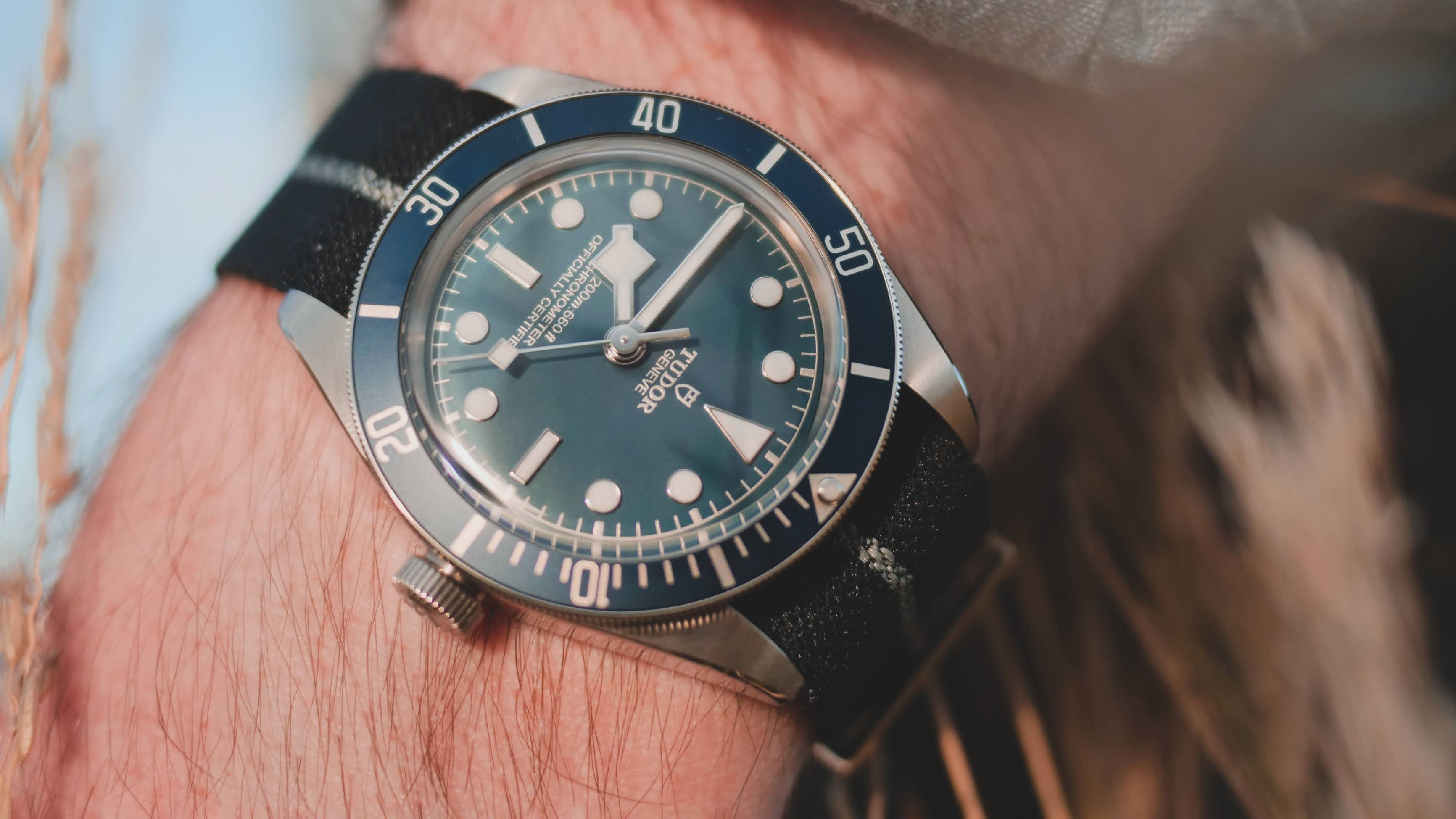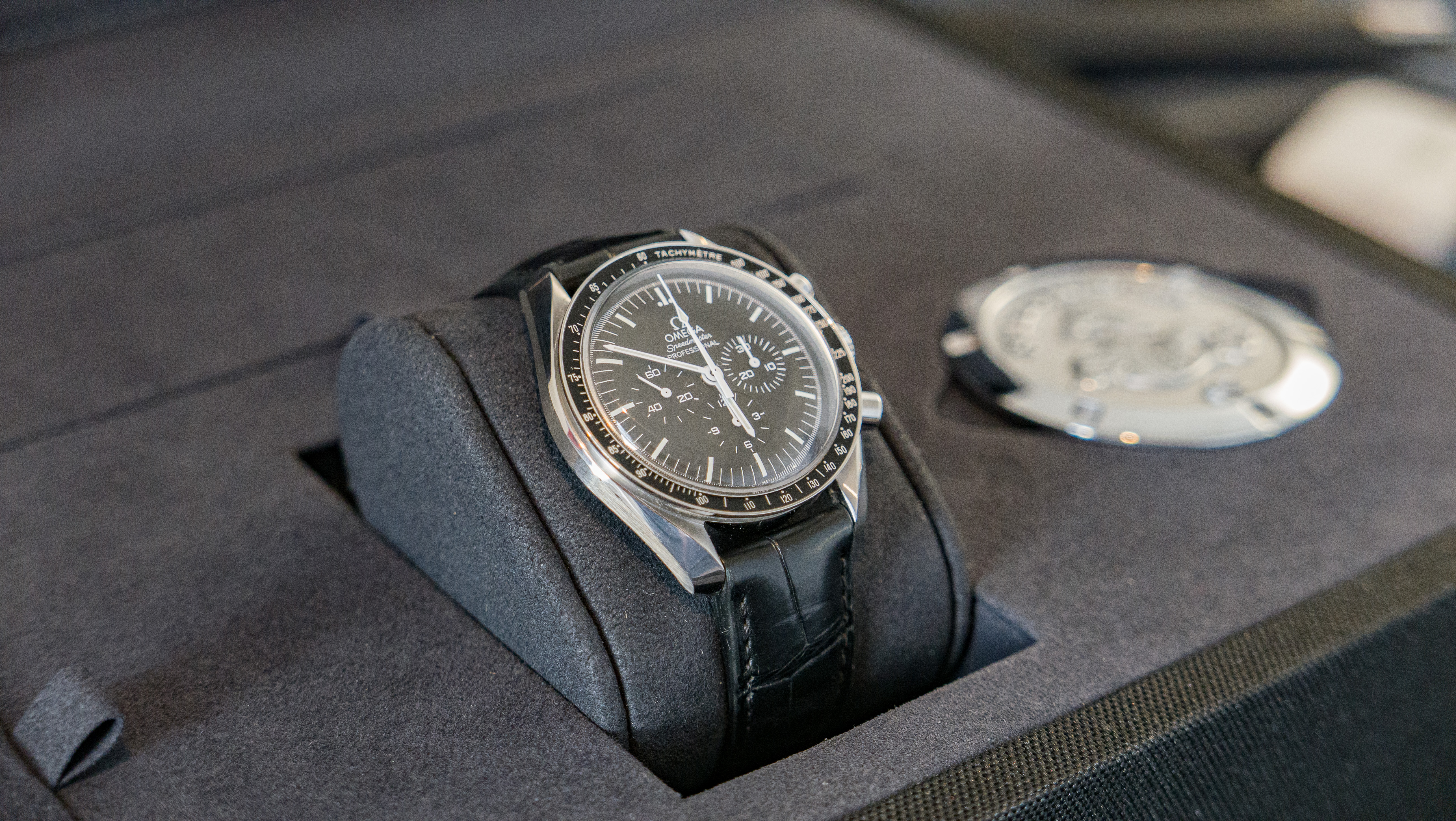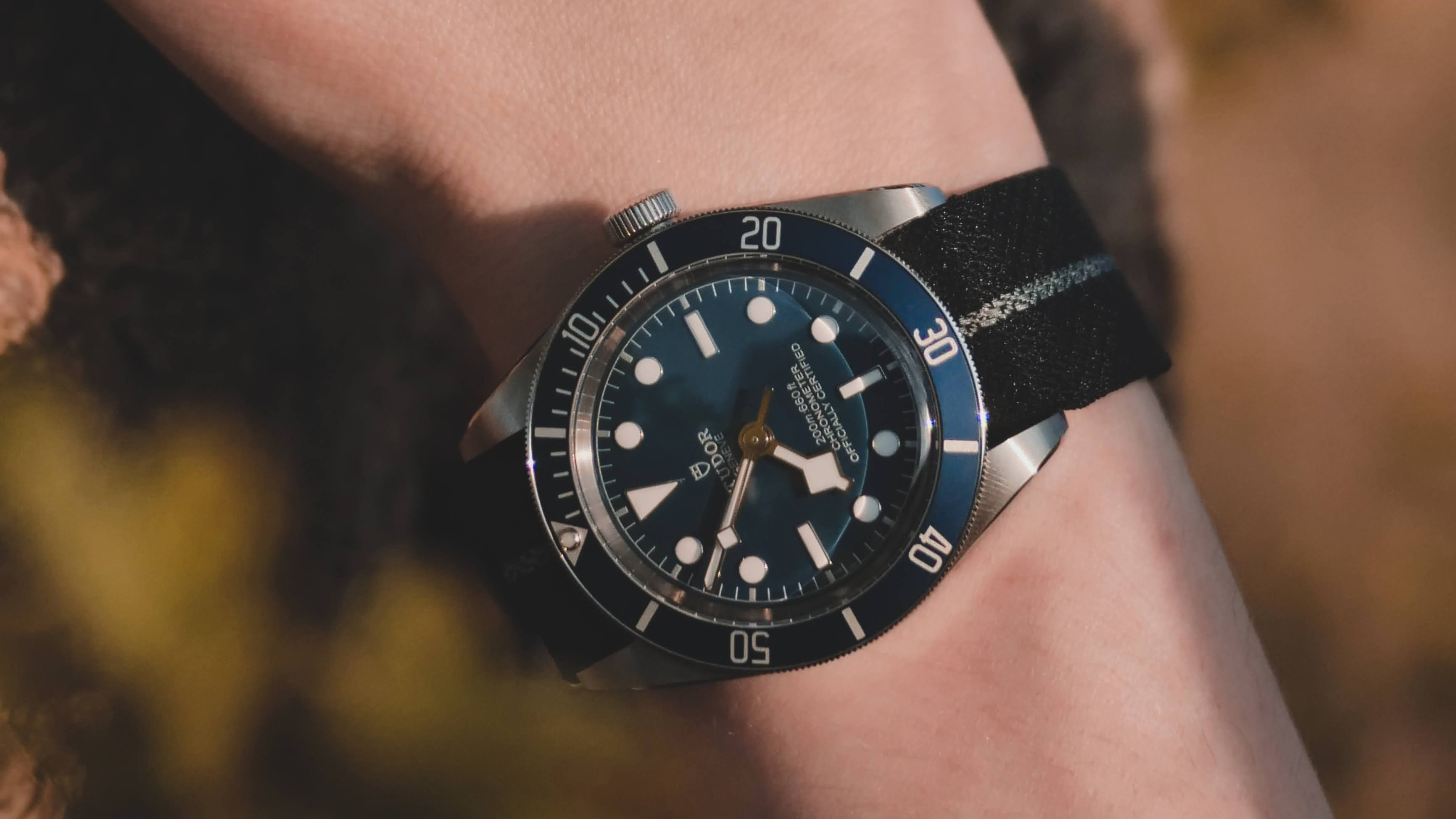Why I replaced my Omega Speedmaster with a Tudor Black Bay 58
They are two icons of the watch world, but there's only space on my wrist for one…


It was while watching a recent Netflix documentary about SpaceX that I felt my first real pang of regret. The Omega Speedmaster’s inextricable link with space exploration had somehow not entered my mind until the show’s second hour, but then I spotted the watch strapped to an astronaut’s wrist and remembered mine fondly.
I don’t regret selling my calibre 1861 Speedmaster – the predecessor to the current model, purchased new on a black leather strap in 2019 – and replacing it with a Tudor Black Bay 58, navy on a steel strap. But that one scene reminded me of just what a privilege it is to own a Speedmaster.
It’s a well-worn story that you doubtless already know, so I’ll be brief. During the early days of its Apollo space programme, Nasa sought to find a wristwatch suitable for space travel. After a wide range of tests designed to push their toughness and time-telling abilities to the limit, a number of watches (and even a pocket watch, submitted by Hamilton and immediately disqualified) were cast aside until only the Omega Speedmaster remained.
The watch became standard issue for all Nasa astronauts, and landed on the Moon in 1969, strapped to the wrists of Neil Armstrong and Buzz Aldrin. Fast-forward to the aborted Apollo 13 mission a year later, and the chronograph function of a trusty Speedmaster was used to precisely time the burning of fuel during the critical re-entry process.

Originally intended for motorsport – hence the tachymetre on its bezel, used to calculate the average speed of a vehicle over a known distance – the Speedmaster’s ascent to the stars, and ability to bring humans back to Earth again, puts it among the most storied watches of all time. All of this is reason enough to own one – it’s even enough to present the argument that a Speedy could be your only watch, worn every single day.
Despite this, my Speedmaster was never alone on my bedside table. It shared a watch box with less valuable timepieces from Mondain, Christopher Ward, Tissot, Withings and Apple. But it was my favourite by far, and worn almost every day. Manually winding the movement four times a week served as a moment to appreciate the watch in all its beauty; to pause, take a breath, and ponder what the next 40-or-so hours will have in store before the next winding.
But the Speedmaster isn’t a perfect watch. By its very nature, the leather strap of mine added a sense of fragility, the supple leather wearing, creasing and eventually cracking slightly from the daily grind. Further fragility comes from the Hesalite crystal, which domes beautifully over the dial but is chemically much closer to plastic than glass or scratch-resistant sapphire – a conscious decision from the Apollo days, as broken pieces of plastic floating through a spacecraft pose less danger than glass. Back on Earth, the Hesalite grazes and scratches very easily, and while it is equally quick to polish, there’s a constant fear over just how much it can take, and the massive cost of repair if it were to ever break.
Get all the latest news, reviews, deals and buying guides on gorgeous tech, home and active products from the T3 experts
Then the Tudor Black Bay 58 caught my eye. I was already familiar with the original black colourway, but when the navy model arrived in the strange and quiet summer of 2020, I knew I had to have one. I’ve adored stainless steel diving watches with blue dials since I was a child. Likely, and somewhat ironically looking back now, owing to the Omega Seamaster worn by Pierce Brosnan’s James Bond in the mid-Nineties.
In late-2020, I was finally invited by Goldsmiths to pay up and collect my Tudor. At the Westfield London shopping centre, deserted to the point it felt like a post-apocalyptic film set, the assistant told me how just one navy 58 arrived from Tudor each week, but that demand had been huge. With the strap adjusted, I slip the Black Bay into my pocket – I try to avoid carrying expensive watches in their retail boxes in public, since they are such an easy target – and head home.
During the next nine months, I think I wore my Speedmaster twice, before admitting to myself that it must be sold. The Tudor had won me over from day one and I haven’t looked back since. It is a more compact watch, with its 39mm case diameter better suited my slim wrists than the 42mm Speedmaster. The case is shallower too, and I simply adore the colourway. The Tudor arrived during a deluge of blue timepieces hitting the market, and in some quarters was criticised as a lazy rehash of the original Black Bay 58. I disagree. While I respect the original, I was never drawn to it like the navy – a colour that shifts from a light, almost pastel blue to a dark, inky hue depending on ambient light. I like its simplicity too, compared to the more chaotic face of the Omega with its busy bezel and three-dial chronograph.

The design of the Tudor, being a diving watch, portrays a sense of strength and sturdiness that, for me at least, the Speedmaster can’t match. The stainless steel strap helps here, of course, weighing significantly more than the leather of my Omega, while the sapphire crystal is as flawless now as it was when I bought it 18 months ago. The clasp isn’t so immaculate, having gathered some quite significant grazes inflicted by the corner of my MacBook while typing. I consider it patina in a way I wouldn’t with the scuffed Hesalite of the Omega, but purists will want to remove their watch before using a laptop with sharp aluminium edges.
If finances allowed I would of course have kept the Omega too. I think the pair make a great two-watch collection, but having lived with both I am happy to stick with the Tudor for the foreseeable future. It lends itself to every occasion and every outfit, whereas the Omega felt out of place in some settings. The Black Bay somehow works with loungewear or even sportswear, for example, as much as it does a suit, while the Speedy does not. In my opinion, anyway. Fight me in the comments.
Ultimately, picking between two watches is entirely down to personal preference. Watch ownership is a highly subjective thing, and I’ve intentionally avoided trying to compare these two at a mechanical level. They’re both Swiss, one is manually wound and the other is automatic; the rest is up to you.
It felt like an honour and a privilege to own an Omega Speedmaster, to feel that connection to man’s greatest achievement every time I read on the case back: “The first watch worn on the Moon”. But, for me, the Tudor is the watch I lusted after, rather than felt obliged as a horology fan to own. It is the smaller, sturdier of the two; the one that can be worn anywhere, with anything. And it’s more interesting than a Rolex.
This article is part of The T3 Edit, a collaboration between T3 and Wallpaper* which explores the very best blends of design, craft, and technology. Wallpaper* magazine is the world’s leading authority on contemporary design and The T3 Edit is your essential guide to what’s new and what’s next.
Alistair is a freelance automotive and technology journalist. He has bylines on esteemed sites such as the BBC, Forbes, TechRadar, and of best of all, T3, where he covers topics ranging from classic cars and men's lifestyle, to smart home technology, phones, electric cars, autonomy, Swiss watches, and much more besides. He is an experienced journalist, writing news, features, interviews and product reviews. If that didn't make him busy enough, he is also the co-host of the AutoChat podcast.

